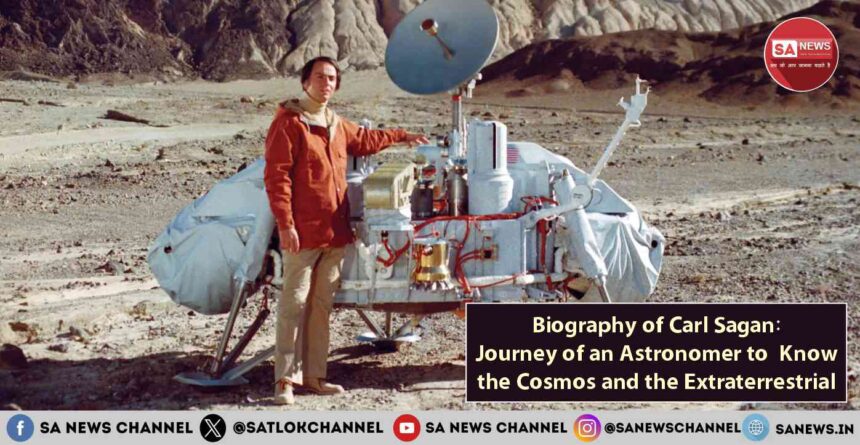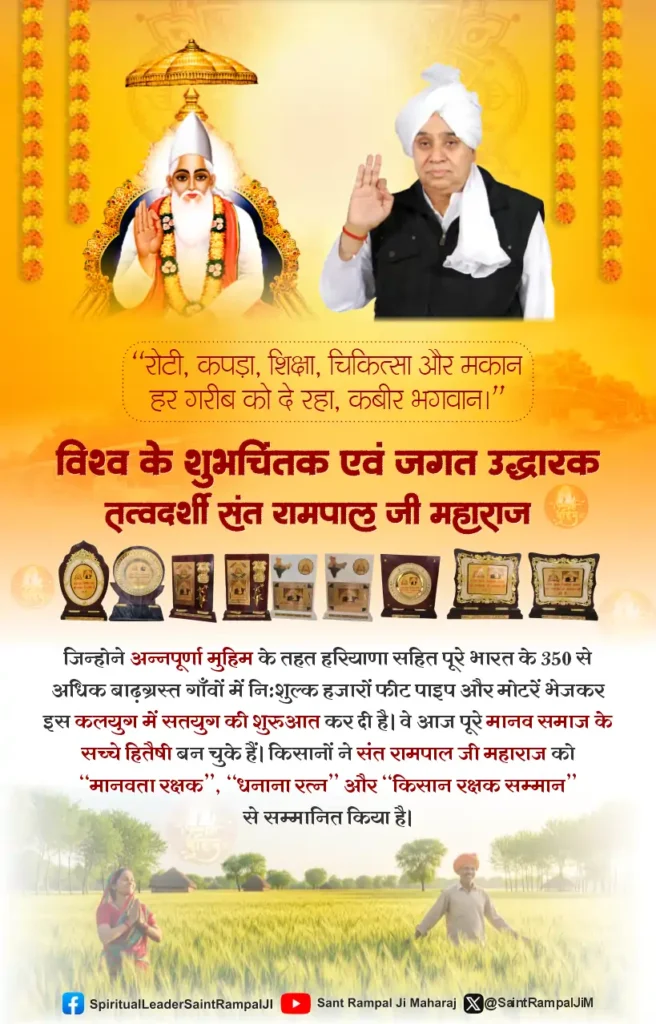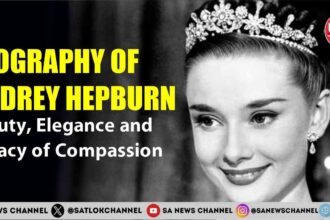“Give a child a book and you give that child a ticket to another world. They will learn to see through different eyes, understand different perspectives, and explore universes beyond their immediate reality.” If this quote fits to the journey of anyone today, it would undoubtedly be the story of Carl Sagan.
- Biography of Carl Sagan: Early Life
- Carl Sagan: The Spark of Scientific Curiosity
- Carl Sagan: Education
- Major Scientific Achievements
- Communication and Influence
- Carl as a Writer and Professional
- Carl Sagan: Legacy
- Carl Sagan: The Final Years of Life
- Carl Sagan: Famous Quotes
- Way of Living: Book That Changed a Million Lives
- Biography of Carl Sagan: FAQs
- Question: Which is the most famous book by Carl Sagan?
- Question: How many books and research papers are written by Carl Sagan?
- Question: Who pioneered humanity’s first universal messages to potential extraterrestrial civilizations?
- Question: What was the turning event in the life of Carl Sagan?
- Question: What disease did Carl Sagan die of?
- Question: What is the name of a book that has changed millions of lives?
- Connect With Us on the Following Social Media Platforms
Carl Sagan was a visionary astronomer, planetary scientist, and extraordinary science communicator who transformed public understanding of the cosmos. He was also a writer and author. He authored over 20 books and published more than 600 scientific papers, making science engaging for the general public. Let us take a ride to the life journey of this cosmic storyteller in the blog.
Biography of Carl Sagan: Early Life
Born on November 9, 1934, in Brooklyn, New York, Carl Sagan was the only child to his parents Samuel Sagan and Rachel Molly Gruber. Samuel worked as a garment worker, while Rachel was a homemaker who strongly encouraged her son’s intellectual curiosity. Named after his grandmother Chaiya (Clara), young Carl developed an early fascination with science and the universe.
Carl Sagan: The Spark of Scientific Curiosity
Carl Sagan’s scientific curiosity was ignited early in childhood, sparked by transformative moments of wonder and discovery. At just five years old, he began visiting the public library alone, seeking answers about the cosmos that adults couldn’t explain. A pivotal moment came when a librarian revealed that the sun was a star—an insight that dramatically expanded his understanding of the universe.
Biography of Carl Sagan: His visits to the American Museum of Natural History and the 1939 World’s Fair further fueled his imagination, with Sagan later recalling his amazement at technological marvels and the potential of scientific exploration. Encouraged by his working-class Jewish parents who nurtured his intellectual curiosity, Sagan devoured science fiction books and chemistry sets, developing an insatiable passion for understanding the mysteries of planets, stars, and potential extraterrestrial life.
Carl Sagan: Education
Carl Sagan received a comprehensive liberal arts education at the University of Chicago, where he pursued multiple degrees in science. He earned:
- Bachelor of Liberal Arts in 1954
- Bachelor of Science in Physics in 1955
- Master of Science in Physics in 1956
- Doctor of Philosophy in Astronomy and Astrophysics in 1960
His educational journey was unique, as he entered the University of Chicago at just 16 years old, participating in a distinctive program focused on great books and comprehensive learning. During his time there, Sagan was deeply engaged in various intellectual pursuits, with his notebooks revealing interests spanning philosophy, sociology, genetics, and astronomy.
After completing his doctorate, Sagan continued his academic career with fellowships and teaching positions at:
- University of California, Berkeley (1960-1962)
- Harvard University (1962-1968)
- Cornell University (1971)
Major Scientific Achievements
Carl Sagan was a pioneering planetary scientist who transformed our understanding of cosmic environments and extraterrestrial life potential. His groundbreaking research revealed critical insights about planetary atmospheres, most notably demonstrating how greenhouse gases could dramatically alter planetary conditions—a theory he first proved with Venus, showing its extreme 870-degree temperature was caused by carbon dioxide atmospheric effects.
Biography of Carl Sagan: In astrobiology, Sagan conducted revolutionary laboratory experiments proving that complex organic molecules like amino acids could naturally form under simulated planetary conditions, suggesting life’s potential universality.
He made significant contributions to understanding planetary dynamics, including explaining Mars’ color variations through wind-driven dust changes and speculating about potential life forms in Jupiter’s atmospheric clouds. Sagan’s scientific breadth spanned astronomy, physics, chemistry, and biology, enabling him to propose innovative theories about cosmic environments and extraterrestrial life potential.
Communication and Influence
Carl Sagan revolutionized science communication through his groundbreaking television series “Cosmos: A Personal Voyage,” which transformed how millions understood the universe. He believed scientists must communicate complex ideas accessibly, famously stating that we live in a time “dominated by science and technology” where almost no one understands these domains. Through “Cosmos,” Sagan used his “Ship of Imagination” to transport viewers across galaxies, making astronomical concepts comprehensible and inspiring wonder.
Also Read: Biological Classification: Understanding the Diversity of Life
Biography of Carl Sagan: His unique storytelling approach bridged scientific complexity and public understanding, weaving together scientific concepts, historical context, and philosophical reflections. Sagan’s communication style, often referred to as the “Sagan Effect,” democratized scientific knowledge, sparking curiosity and making science not just understandable, but deeply fascinating to global audiences.
Carl as a Writer and Professional
Carl Sagan emerged as a prolific scientific writer and researcher, authoring over 600 scientific papers and 20 books during his remarkable academic career. After completing his doctorate at the University of Chicago, he joined Harvard University in 1962 as an assistant professor, where he initially seemed on a fast track. However, in 1967-68, he was surprisingly denied tenure, potentially due to his then-controversial focus on exobiology.
Biography of Carl Sagan: This setback led him to Cornell University, where Tommy Gold recruited him as an associate professor. At Cornell, Sagan flourished, becoming a full professor in 1970 and directing the Laboratory for Planetary Studies. He continued his groundbreaking research in planetary science, extraterrestrial life, and became a renowned science communicator, transforming complex scientific concepts into accessible narratives through his writing and later, his iconic television series “Cosmos.”
Carl Sagan: Legacy
Carl Sagan’s legacy transcends scientific research, positioning him as a champion of critical thinking and a visionary interstellar communicator. He pioneered humanity’s first universal messages to potential extraterrestrial civilizations through the Pioneer plaque and Voyager Golden Record, symbolizing our species’ hope for cosmic connection. As a profound advocate for scientific skepticism, Sagan encouraged people to challenge their most deeply held beliefs and rely on evidence, famously articulated in his influential book “The Demon-Haunted World: Science as a Candle in the Dark”.
Biography of Carl Sagan: His scientific advocacy extended beyond research, as he testified before Congress about climate change, spoke against nuclear proliferation, and organized scientific petitions, always emphasizing the importance of truth-seeking and rational inquiry. Sagan’s unique ability to bridge scientific complexity with public understanding made him not just a researcher, but a transformative science communicator who inspired generations to view the universe with wonder and critical examination.
Carl Sagan: The Final Years of Life
Carl Sagan’s final years were marked by profound personal struggle and continued scientific passion. In the mid-1990s, he battled myelodysplasia, a rare bone marrow disease that ultimately claimed his life. Despite his illness, Sagan remained intellectually engaged, continuing to inspire others with his characteristic optimism and scientific curiosity. On December 20, 1996, at age 62, he passed away in Seattle, Washington, after undergoing three bone marrow transplantations.
Biography of Carl Sagan: His wife Ann Druyan recalled his courageous approach to death, noting that he faced his mortality without seeking refuge in illusions. In his final writings, Sagan reflected deeply on life’s brevity and beauty, emphasizing gratitude for the “magnificent opportunity” of existence and maintaining his lifelong commitment to scientific understanding and human potential.
Carl Sagan: Famous Quotes
Let us know about some the famous quotes given by Carl Sagan:
- “The Cosmos is all that is, or ever was, or ever will be.”
- “We are made of starstuff. The nitrogen in our DNA, the calcium in our teeth, the iron in our blood, the carbon in our apple pies were made in the interiors of collapsing stars.”
- “Extraordinary claims require extraordinary evidence.”
- “Imagination will often carry us to worlds that never were, but without it we go nowhere.”
- “Somewhere, something incredible is waiting to be known.”
- “Every one of us is, in the cosmic perspective, precious. If a human disagrees with you, let him live. In a hundred billion galaxies, you will not find another.”
- “Science is a way of thinking much more than it is a body of knowledge.”
- “One of the greatest gifts adults can give—to their offspring and to their society—is to read to children.”4
Way of Living: Book That Changed a Million Lives
Way of Living is a book that has changed uncountable lives. Millions of people worldwide after reading the sacred book Way of Living, written by Saint Rampal Ji Maharaj are living a happy life. There are examples of many, who after reading the book, have been successful in quitting intoxication, theft, adultery etc.
Saint Rampal Ji Maharaj ji is the true saint in the world. Readers are requested to take initiation from Saint Rampal Ji Maharaj. Also readers can visit www.jagatgururampalji.org for more information.
Biography of Carl Sagan: FAQs
Question: Which is the most famous book by Carl Sagan?
Answer: ‘Cosmos’ is the most famous book by Carl Sagan.
Question: How many books and research papers are written by Carl Sagan?
Answer: Carl Sagan authored over 600 scientific papers and 20 books during his remarkable academic career.
Question: Who pioneered humanity’s first universal messages to potential extraterrestrial civilizations?
Answer: He pioneered humanity’s first universal messages to potential extraterrestrial civilizations through the Pioneer plaque and Voyager Golden Record.
Question: What was the turning event in the life of Carl Sagan?
Answer: A pivotal moment came when a librarian revealed that the sun was a star—an insight that dramatically expanded his understanding of the universe.
Question: What disease did Carl Sagan die of?
Answer: Carl Sagan battled myelodysplasia, a rare bone marrow disease that ultimately claimed his life.
Question: What is the name of a book that has changed millions of lives?
Answer: Way of Living is a book that has changed uncountable lives.









